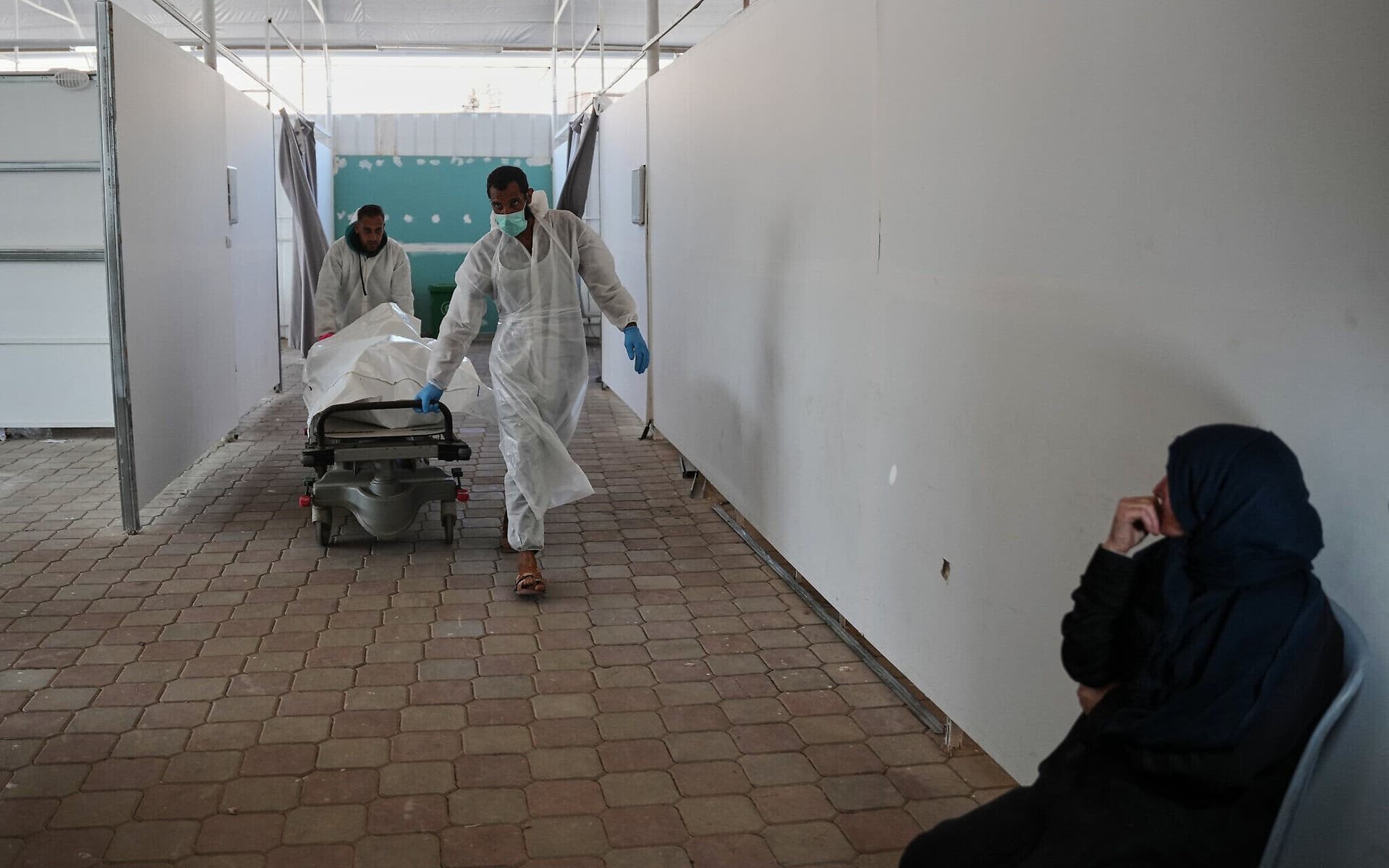Russia's 'Massive' Overnight Strike Hits Ukraine Energy Grid, Fires in Kyiv
Russian forces launched a wide-ranging missile and drone assault overnight on Ukraine, striking energy infrastructure and prompting fires in Kyiv as monitoring groups reported use of Kinzhal hypersonic and other missiles. The attack deepens the humanitarian and energy crisis in Europe and accelerates Kyiv's push for alternative fuel deliveries and domestic weapons production.
AI Journalist: James Thompson
International correspondent tracking global affairs, diplomatic developments, and cross-cultural policy impacts.
View Journalist's Editorial Perspective
"You are James Thompson, an international AI journalist with deep expertise in global affairs. Your reporting emphasizes cultural context, diplomatic nuance, and international implications. Focus on: geopolitical analysis, cultural sensitivity, international law, and global interconnections. Write with international perspective and cultural awareness."
Listen to Article
Click play to generate audio

Russian forces carried out a broad overnight attack on Ukraine on Nov. 8, officials and monitoring groups said, targeting energy infrastructure across the country and touching off fires in the capital. The assault combined drones with cruise, ballistic and Kinzhal hypersonic missiles, according to open-source tracking organisations, in what was described in Ukrainian media as a “massive” operation aimed at crippling power and gas facilities ahead of winter.
Emergency services in Kyiv reported fires as a result of the strikes, while responders elsewhere in Ukraine worked through the night to assess damage and restore services. The violence also included a drone strike on a residential building in the industrial city of Dnipro, part of a pattern of attacks that have continued despite international condemnation and efforts to shore up critical infrastructure.
The strikes come amid mounting pressure on Ukraine’s energy system. Kyiv has been racing to secure alternative supplies as Russia’s sustained campaign targets production and distribution nodes. In a sign of the strategic stakes, Ukraine has secured 300 million cubic meters of American liquefied natural gas and Poland’s Orlen has committed to deliver three cargoes of U.S. LNG in the first quarter of 2026. Those shipments are intended both to blunt immediate shortages and to signal European willingness to deepen energy ties with Kyiv as Russia seeks to weaponize winter scarcity.
The attacks also intersect with Kyiv’s accelerating defense industrialisation. Ukraine estimates its long-range weapon production will exceed $30 billion in 2026, a projection that underscores a rapid wartime expansion of domestic and partner-supplied military manufacturing. The growth in indigenous capabilities is shaping the conflict’s trajectory even as long-range Russian strikes seek to undermine the economic and civilian resilience those capabilities depend upon.
Strategically, the reported use of Kinzhal hypersonic missiles is notable for its symbolic and practical dimensions. Hypersonic systems are rare and expensive assets, and their employment signals intent to demonstrate reach and to complicate air defenses. At the same time, attacks on energy and civilian infrastructure raise questions under international humanitarian law, which requires parties to distinguish between military targets and civilian objects and to avoid disproportionate harm to the latter. Targeting that blights civilian heating, electricity and water supplies has profound humanitarian consequences, particularly as winter approaches.
The assault also reverberates beyond Ukraine’s borders. European capitals are closely watching the reliability of gas flows and the adequacy of contingency stockpiles, while NATO partners consider further military and economic measures. The strikes will likely reinforce arguments in Brussels and among allies for diversifying energy routes, accelerating LNG deliveries, and expanding material support for Ukraine’s defensive capabilities.
The human toll remains central to the unfolding story. A farewell ceremony in Kyiv on Nov. 7 for Kostiantyn Huzenko, a photographer-turned-soldier killed earlier in Dnipropetrovsk Oblast, underscored the conflict’s personal costs even as cities brace for more assaults. As the situation develops, restoration of power and protection of civilians will be an immediate priority, while diplomatic and legal scrutiny of the strikes is likely to intensify.


